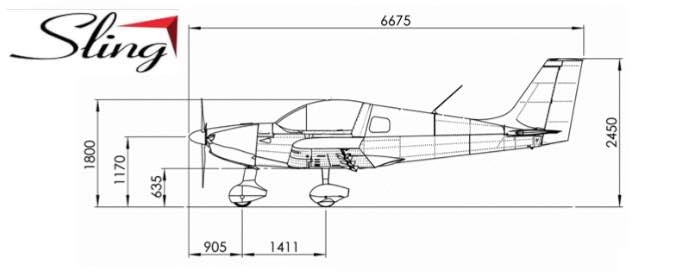Assembly of the adjustable seats has been straightforward. They’re made up of 2 hinged panels that have a simple channel structure, sandwiched with identical skins – top and bottom. Inside the seat base is spring-loaded lever and cable mechanism for the slide locking pins. I opted to adapt some clevis pins instead of using the kit-supplied (large) solid rivets to assemble the linkages. The rivets proved difficult to deal with. It took a few days of pondering, but I eventually realized that custom fabrication of clevis pins were the way for me to go.
The only metal preparation I did was deburring and scuffing with a Scotch-Brite pad. I may or may not paint the seats as they’ll be almost entirely covered by the upholstery. The structures and panels fit perfectly and went together quickly. Sling 2 seat design has apparently changed over the years. The recently manufactured parts I had didn’t exactly match the construction manual, but understanding and dealing the differences was not difficult.
There are now at least 2 ways that the piano hinge can be mounted between the seat base and back, so that it can folded forward to access the luggage compartment area. The deciding factor seems to be how far beyond perpendicular to the seat base the seat back will naturally recline. The construction manual shows the hinge on the surfaces, riveted across step transitions where the side channels overlap the skins. The hinge, mounted to the back and bottom edges of the seat panels just seems more appropriate and allows for about 21 degrees backward and no restriction (until the panels meet) in the forward folding direction. That’s perfect. Seat recline angle is set by side-straps anchored to brackets at the edges of the seat panels.
The seats slide on rails mounted to the center fuselage. Clearances are pretty close, but appear to be perfectly aligned. Finding that helps to confirm that the center fuselage is built straight and square. Oh let me tell you that’s good news!
